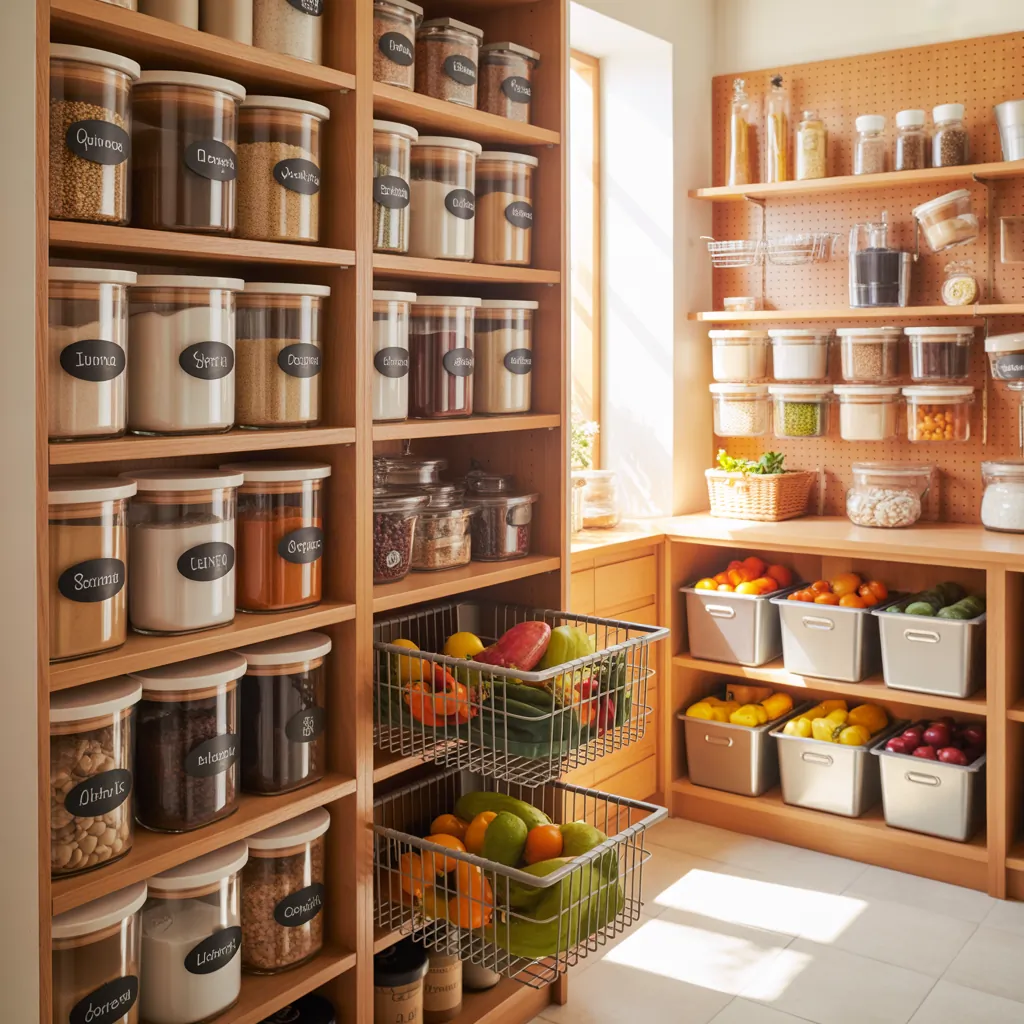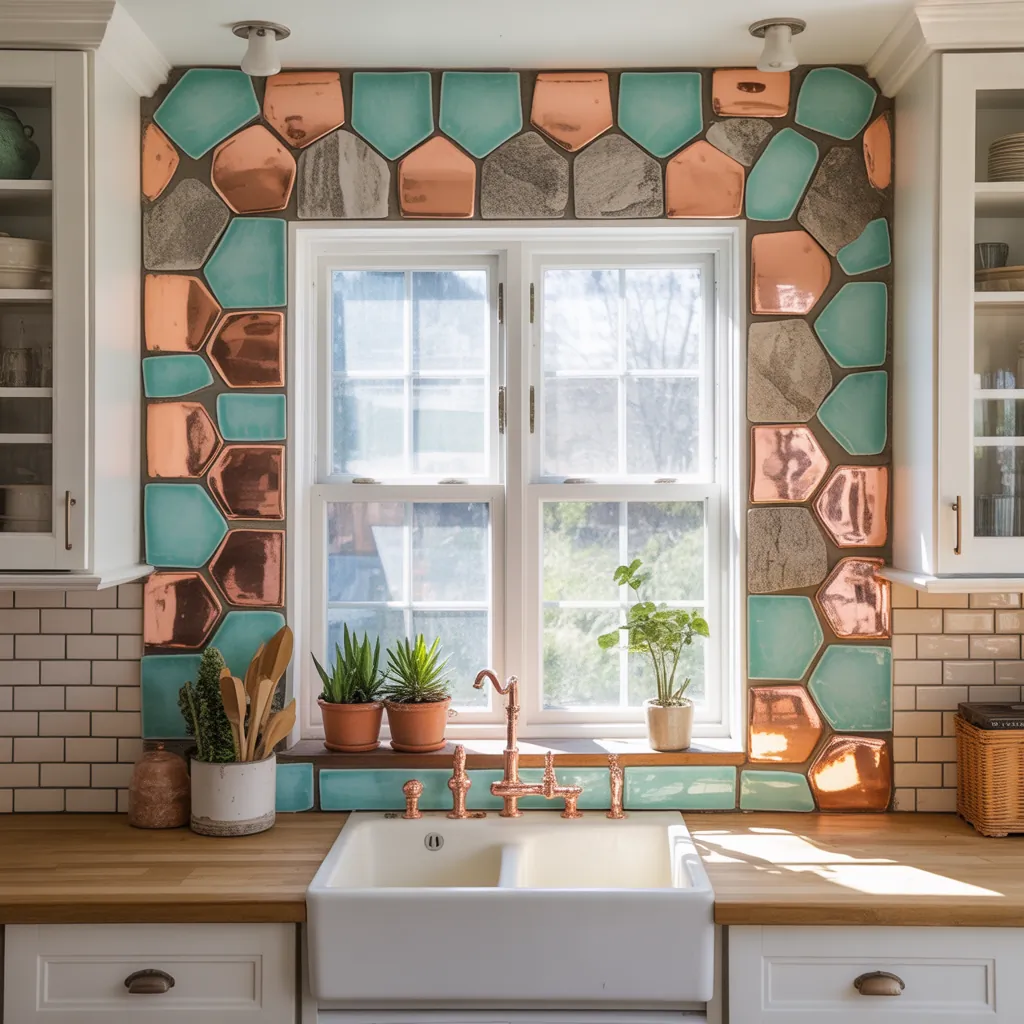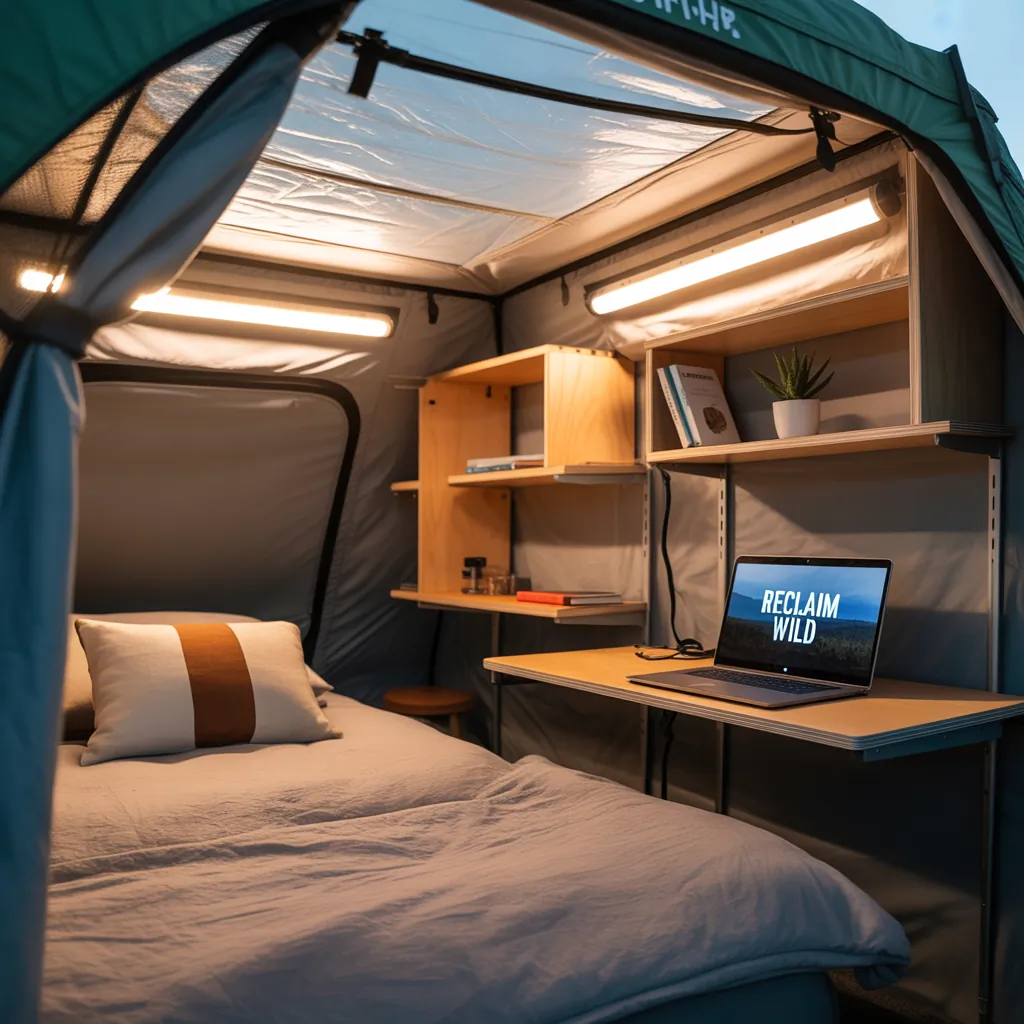Ever unpacked a giant bag of rice or flour only to have it live in a paper sack on your garage floor until a mouse discovers it? If you’re staring at piles of bulk cans, boxes, and sacks and wondering how to organize them without spending a fortune, you’re in the right place. In this post I’ll share practical, attractive, and space-saving ideas for bulk food storage you can build and install yourself—no contractor required.
Why intentional bulk storage matters (and the low-hassle benefits)
Buying in bulk saves money and reduces trips to the store, but without a system it leads to wasted food, pests, and chaos. A well-executed bulk pantry preserves freshness, improves kitchen workflow, and looks great. Expect benefits like easier meal prep, better inventory control (say goodbye to expired flour), and a tidier kitchen or basement.
Planning your bulk storage: a quick checklist
- Measure available space (height, width, depth) — include door clearances.
- List bulk items and approximate volumes (rice, beans, pasta, canned goods, pet food, flours).
- Decide on access style: open shelving, cabinets, pull-out bins, or wall-mounted dispensers.
- Budget for materials: shelving, containers, labels, and pest-proofing supplies.
- Prioritize rotation and labeling (use FIFO: First In, First Out).
DIY storage builds that work for most homes
1. Adjustable shelving with clear stackable bins
Adjustable metal or wooden shelving is one of the most flexible solutions. Use sturdy wire or industrial shelving and pair it with clear, airtight stackable containers. These let you see quantities at a glance and stack vertically to maximize floor-to-ceiling space.
- Install 1–2 heavy-duty vertical shelving units along a wall or in a closet.
- Choose BPA-free plastic bins with gasketed lids for flours and grains.
- Label each container with contents and packing/expiration dates using a label maker or chalkboard labels.
2. Food-grade buckets and gamma lids for bulk staples
For long-term storage of rice, beans, and wheat, 5-gallon food-grade plastic buckets with gamma-seal lids are an affordable, stackable option. Add Mylar bags and oxygen absorbers for multi-year shelf life, then store the bucket in a cool, dry spot.
3. Pull-out drawers and sliding bins for deep shelves
Convert deep shelving into usable space with DIY pull-out drawers. Slide-out crates or installed drawer systems make it easy to reach items at the back without kneeling or moving everything in front.
4. Vertical dispensers and gravity-fed containers
Install grain dispensers or repurpose bulk cereal dispensers for rice, beans, and oats. Gravity-fed systems reduce spills and speed up measuring while keeping ingredients sealed and pest-resistant.
Design inspiration: make your bulk storage part of the room
Bulk food storage doesn’t need to be utilitarian. Blend function with design by choosing finishes and hardware that match your kitchen or pantry style:
- Farmhouse: reclaimed wood shelves, glass jars, and wicker baskets.
- Modern minimalist: white cabinetry, concealed pull-outs, and uniform clear containers.
- Industrial: metal shelving, chalkboard labels, and galvanized buckets.
Adding under-shelf lighting or frosted glass doors keeps the space looking intentional and tidy.
Space-saving tricks and organization tips
- Use clear, stackable jars for frequently used dry goods—mason jars are both attractive and functional.
- Keep like items together (baking, grains, canned vegetables) and label shelves.
- Install shelf risers and under-shelf baskets to gain hidden storage for small spices or packets.
- Place heavy items low to the ground and lightweight items high for safety and ease of use.
- Use tension rods to create dividers inside oversized bins for bagged goods.
Step-by-step project: Convert a closet into a bulk-storage pantry
- Empty the closet and patch any holes. Paint walls a light, washable color to brighten the space.
- Install 2–3 rows of adjustable shelving—leave at least 14–18 inches depth for buckets and bins.
- Add one row of pull-out drawers at waist height for easier access to heavy items.
- Place labeled clear bins and jars on upper shelves for visual inventory management.
- Install a small hook for a calendar or inventory checklist and a mounted basket for shopping lists.
Completion time: 2–4 hours for a basic DIY closet conversion. Cost estimate: $100–$300 depending on materials.
Real-world advice: pests, humidity, and rotation
Even the best systems fail without maintenance. Protect your bulk food by following these practical rules:
- Store dry goods in airtight containers—oxygen and moisture invite pests and spoilage.
- Keep storage areas cool and dry. Avoid direct sunlight and hot garages when possible.
- Practice FIFO—use older items first and date everything when it arrives.
- Consider natural pest deterrents (bay leaves in flour jars, sealed containers for pet food) and seal any cracks in the storage area.
- Occasionally inspect containers for condensation or insect activity; rotate and refresh packaging every 6–12 months.
Budget-friendly tips for organizing bulk food
You don’t need to splurge. Shop thrift stores for glass jars, repurpose sturdy cardboard boxes inside a closet for temporary sorting, and build simple plywood shelves if you have basic tools. Prioritize airtight containers for perishables, then upgrade aesthetics later.
Ideas for bulk food storage — final tips and inspiration
From stackable food-grade buckets to elegant glass jars and DIY pull-outs, there are countless practical ideas for bulk food storage to fit any home, budget, or style. Start small: organize one shelf, label what you have, and add solutions as you go. If you enjoy hands-on projects, try one of the builds above and personalize it to your space.
Frequently Asked Questions
1. What are the best containers for bulk dry goods?
Food-grade plastic buckets with gamma lids, airtight BPA-free plastic bins, glass jars, and Mylar bags with oxygen absorbers are top choices. Pick containers that are airtight, stackable, and opaque or stored away from light for longer shelf life.
2. How do I prevent pests in bulk food storage?
Use airtight containers, keep storage areas clean, seal cracks and entry points, and avoid long-term storage in warm, humid spaces. Periodically inspect items and practice FIFO to minimize stale stock that attracts pests.
3. Can I store bulk food in the garage or basement?
Yes, if the space is cool, dry, and pest-free. Avoid garages that experience extreme temperature swings. Elevate containers off the floor on shelving or pallets to reduce moisture risks and improve airflow.
Ready to upgrade your storage?
Take one action this weekend: measure your pantry or closet and pick one DIY solution from this article to implement. Need project ideas or step-by-step help? Check out our DIY projects and kitchen upgrades pages for inspiration, or browse home design ideas to match your new storage to your style. Share your before-and-after photos and tips with our community—let’s make bulk food storage smarter and more beautiful together!



